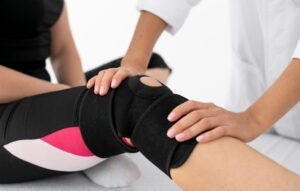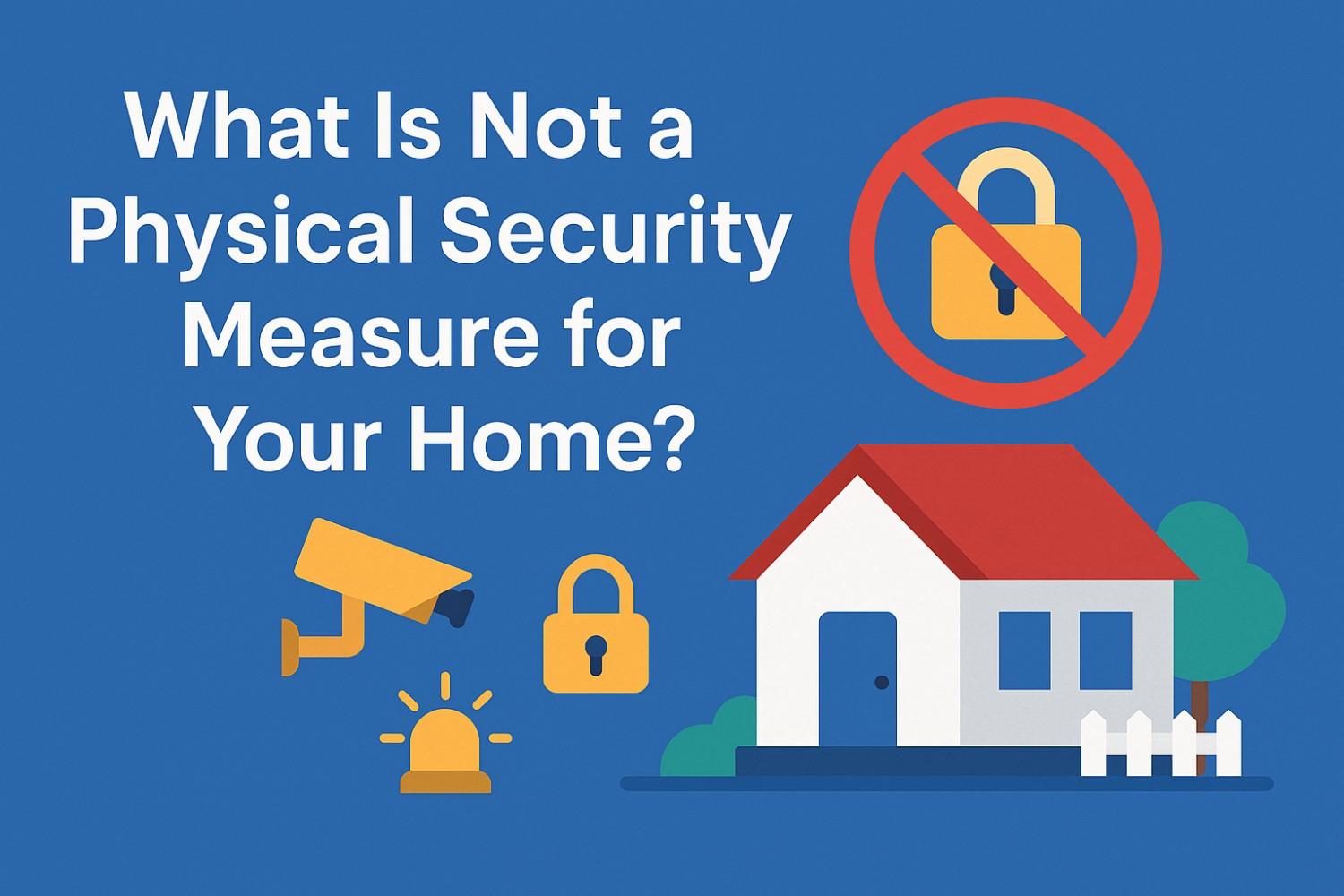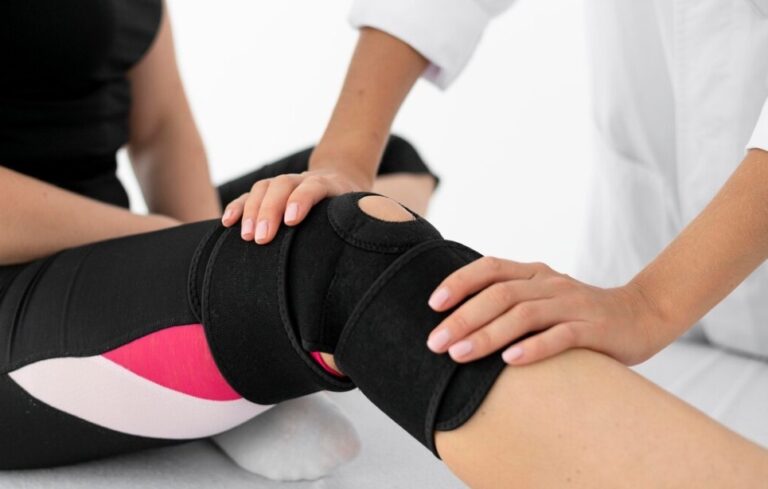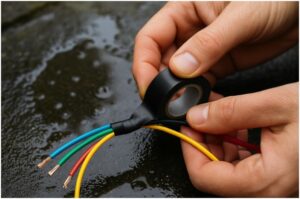If you’ve ever wondered what is not a physical security measure for your home, you’re already thinking smarter than most people. Physical security is about the tangible, touchable stuff—locks, doors, fences, alarms, lighting, and cameras. Everything else—like policies, background checks for service providers, or watching your kids’ online friends—can boost safety, but those aren’t physical controls. Getting this distinction right helps you prioritize budget and effort where they matter most.
What counts as a “physical” control—and what doesn’t?
Physical security is the category of measures you can see and touch: sturdy doors and frames, deadbolts, window locks, perimeter fencing, lighting, alarm sensors, and cameras. Their job is to prevent or detect intrusions in the real world, not just online. Authoritative guides describe physical security as protecting the site and equipment with things like strong construction, intrusion detection, adequate lighting, and controlled access.
By contrast, non-physical measures include policies and behaviors—vetting contractors, setting house rules, joining a neighborhood chat, or monitoring kids’ social media. Those are administrative or procedural controls, not physical ones. In security frameworks, controls are grouped as administrative, technical, and physical; only the last category involves concrete barriers or devices.
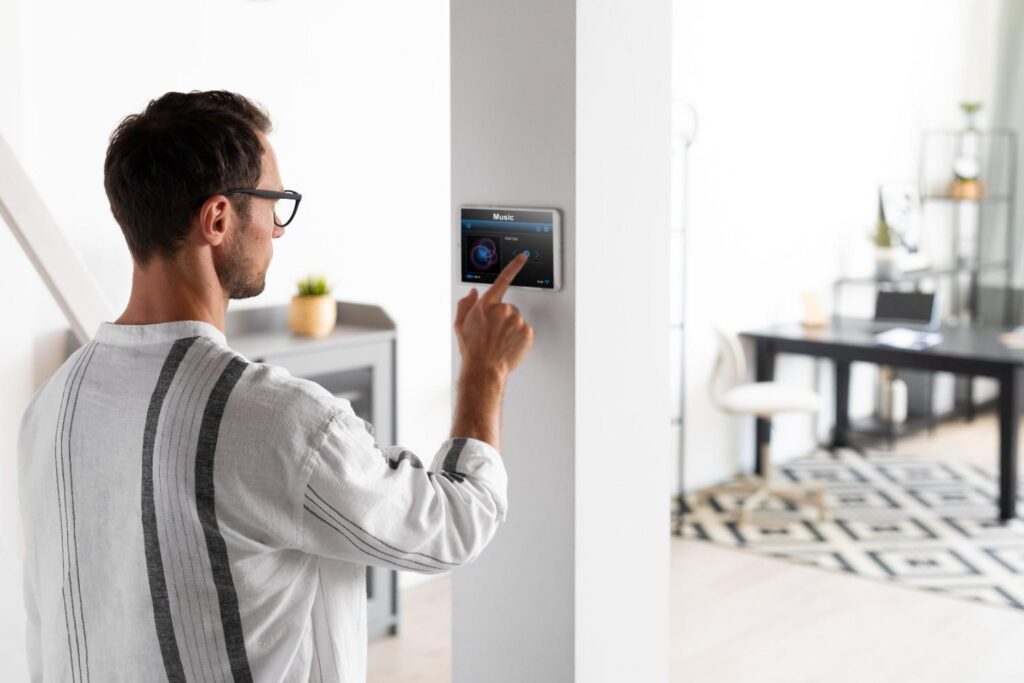
So… what is not a physical security measure for your home?
Short answer: anything that isn’t a tangible barrier, device, or built-environment change. Examples:
- Vetting a cleaning company’s license/insurance → administrative due diligence, not a physical control.
- Setting house policies (e.g., do not post vacation plans online) → administrative/behavioral, not physical.
- Monitoring family members’ online acquaintances → a safety practice, but not a physical measure. (You may see quiz-style questions listing this as “not physical.”)
- Being friendly with neighbors or joining a watch group → useful social deterrence, still not a physical device or barrier.
Which physical measures should every home prioritize?
If you can touch it and it hardens the target, you’re in the right lane. Start with:
- Strong doors, frames, and deadbolts on exterior entries and the garage service door.
- Window locks and reinforced glass/film in vulnerable spots.
- Perimeter lighting (motion-activated where practical) and trimmed landscaping for natural surveillance.
- Alarm system with door/window sensors; cameras covering entries and approaches.
Police and crime-prevention checklists reinforce these basics: good lighting, visible house numbers, maintained fencing and gates, and trimmed trees to deny roof/window access.
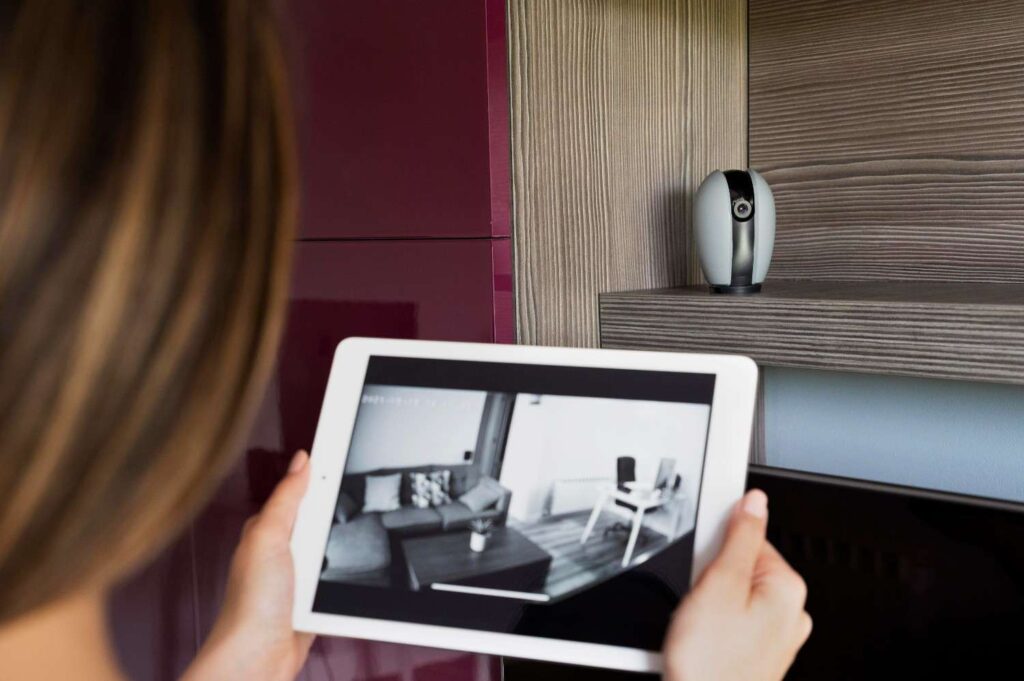
How does CPTED help you avoid non-physical “placebos”?
Crime Prevention Through Environmental Design (CPTED) is a great filter: if a measure changes the environment (access control, sightlines, lighting, territorial cues), it’s in physical territory. If it’s just a rule or a reminder, it’s not. Think natural surveillance (clear views to doors and driveways), access control (gates, locks), and maintenance (well-kept spaces signal ownership and deter scouting).
Are smart-home and Wi-Fi settings “physical”?
It depends. Smart locks, cameras, alarms, and lighting hardware are physical measures—because you can touch and deploy them to control or detect access. But passwords, firewalls, and Wi-Fi rules are technical controls. Valuable? Yes. Physical? No. (Secure your network anyway—many break-ins are part physical, part digital.)

Practical mistakes to avoid (that weaken physical security)
- Hiding keys outdoors. It creates a predictable weakness; use a lockbox or controlled key management instead.
- Overgrown shrubs near entries. They provide concealment and defeat natural surveillance—trim to knee/waist height.
- Dark entryways or side yards. Poor lighting erases deterrence; add motion-sensing lights.
Frequently Asked Questions
1. Is “getting to know my neighbors” a physical security measure?
No. It’s a valuable administrative/behavioral practice that can improve awareness and reporting, but it isn’t a device or barrier. Pair it with tangible upgrades like lighting, locks, and cameras for best results.
2. Are smart locks and security cameras considered physical security?
Yes. They’re hardware that controls or monitors access in the real world. Their software settings (passwords, app permissions) are technical controls, but the devices themselves deliver physical protection and deterrence.
3. Is “don’t post vacation plans on social media” a physical measure?
No. That’s a policy to reduce information leakage and crime opportunity. Keep following that rule—and reinforce it with visible, well-lit entries and an alarm system.
4. What physical upgrades give the biggest ROI first?
Start with door hardware (solid cores, reinforced strikes, quality deadbolts), window locks/film on ground-level glass, motion lighting, and an alarm with perimeter sensors. These map to police and CPTED guidance for access control and surveillance.
The Bottom Line (Make It Real, Not Just Theoretical)
To truly secure your place, treat non-physical steps (policies, vetting, online hygiene) as the supporting cast—useful but not substitutes. The star of the show is hard, tangible protection guided by CPTED and validated by law-enforcement checklists: doors, locks, lighting, alarms, cameras, and a tidy, well-lit perimeter.
And in case you’re still wondering what is not a physical security measure for your home, remember: if you can’t install it, wire it, mount it, or lock it, it’s probably not physical—so don’t let it replace the real hardware.

